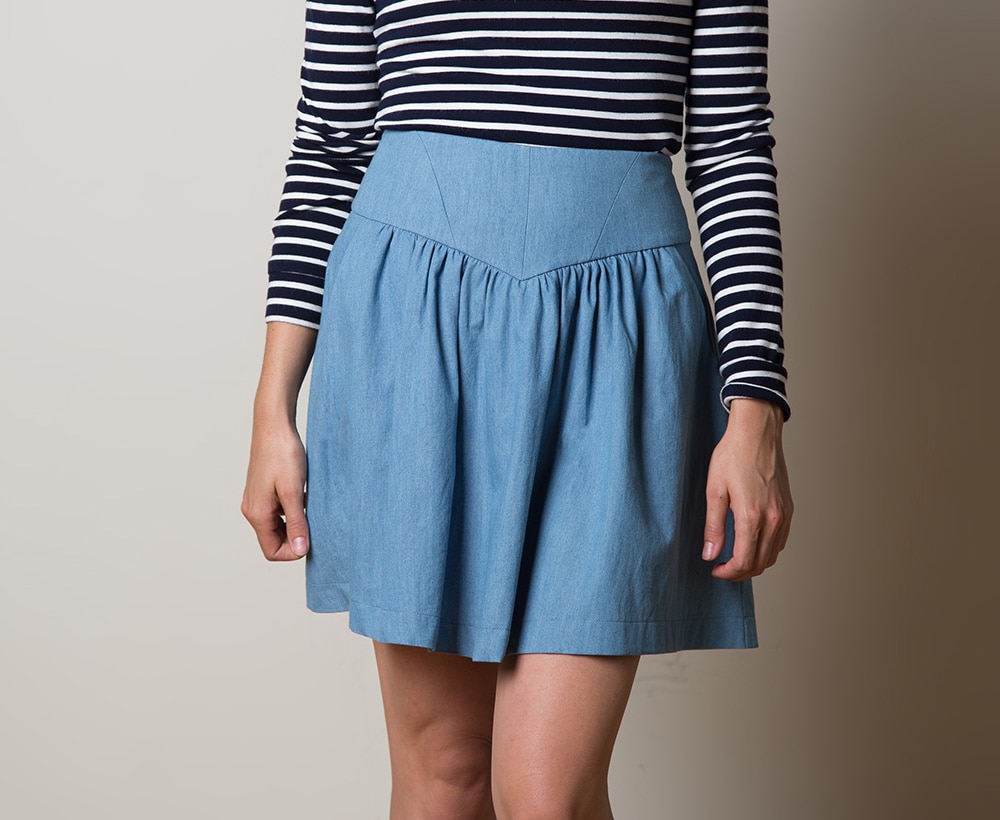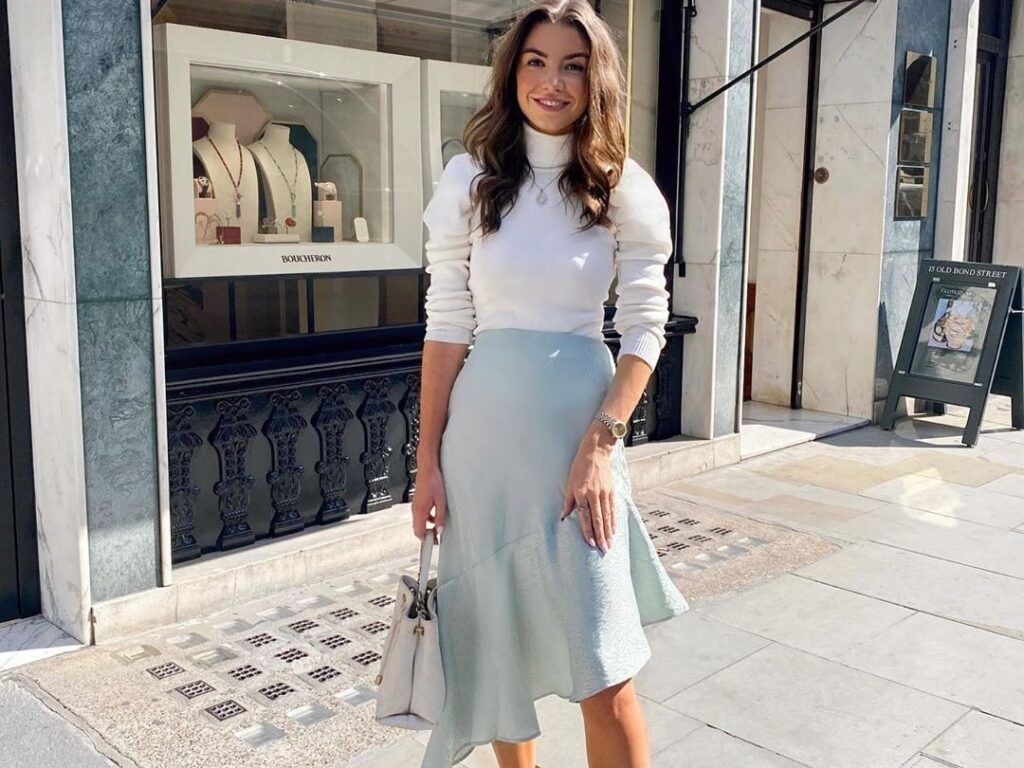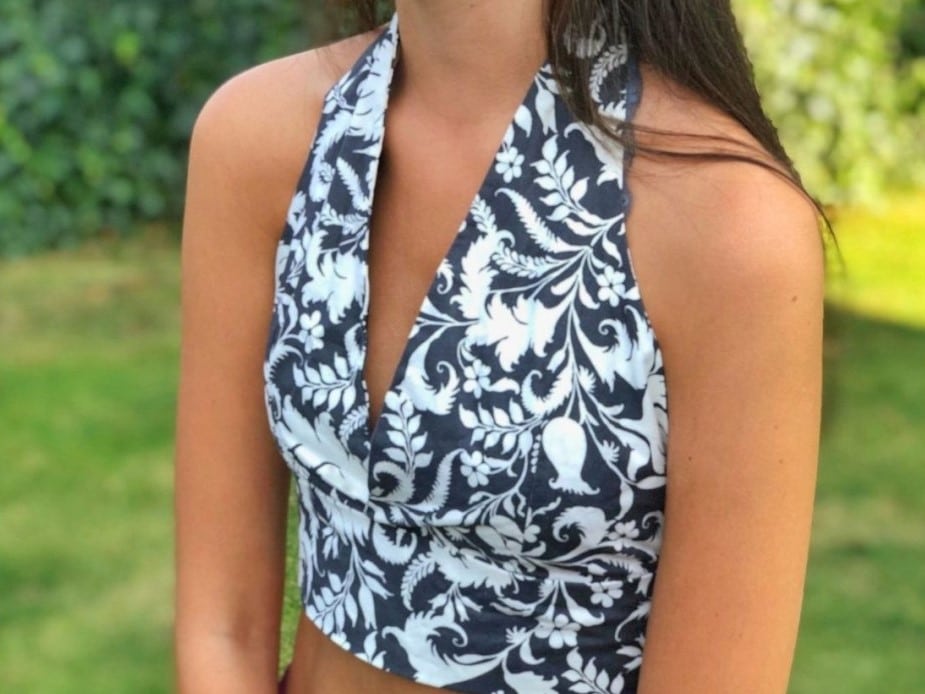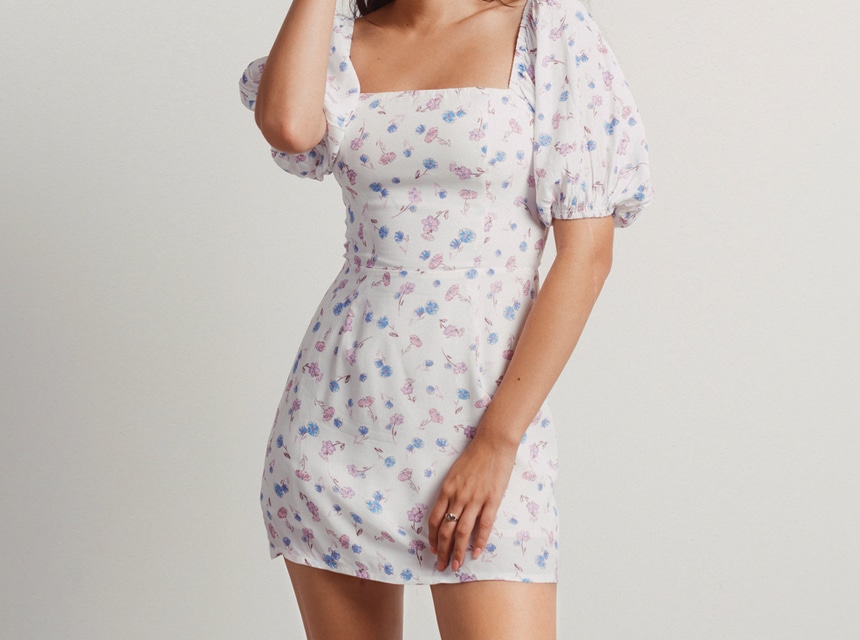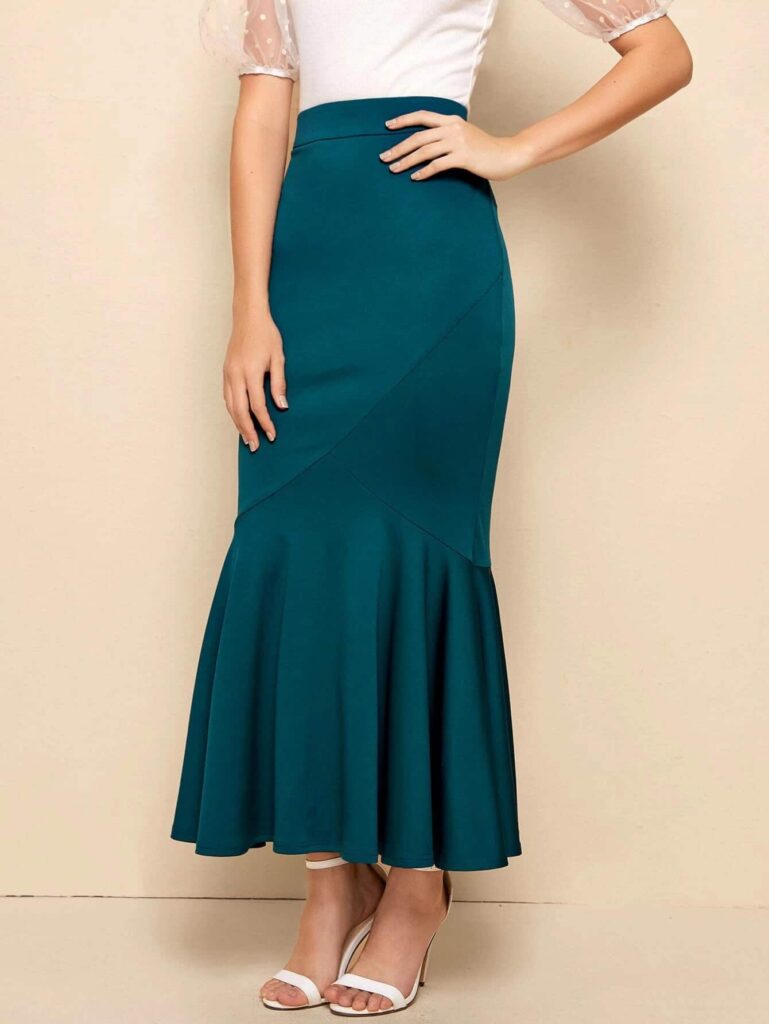

Are you sick of looking for the perfect slip dress that’s not only comfortable but also looks flattering on you? Well, one way to end this search is by stitching your own slip dress!
This may sound like a daunting task but once you get the slip pattern right, it becomes easy to stitch the dress. While a slip dress may look like an underslip or petticoat, it’s actually quite a versatile design and you can stitch some formal and fancy slip dresses as well.
Slip dresses have made their name in fashion history for their unique ability to balance formal and casual without compromising on comfort and style.
If you are new to the world of stitching and sewing, you may be hesitant about sewing your first slip dress. But don’t worry, this article has got you covered! We’ll go through everything you need to know to make your very own slip pattern and then sew the dress!
The best thing about slip dresses is that they can be made at any length, and they will still look great. However, you need to make sure you get the measurements and pattern right, so the dress looks flattering on your figure.
If you’re someone who’s been sewing for a while, you will surely have a bodice outline at hand. Take the basic bodice and trace it!
While you should ideally go with your own measurements, here are some ideal dimensions you can potentially use:
Once you have prepared the pattern, the sewing and stitching part is rather straightforward. But don’t worry, we’ll guide you every step of the way.
If you’re making a half-slip (which is the traditional size), you’ll be needing around 1 meter of cloth. However, feel free to get creative with the length. You can also stitch a full-length slip dress for which you should get around 3-4 yards of fabric. However, it is best to tailor the amount of fabric according to the type of dress as well as your body measurements.
You also have room to be flexible with the type of cloth. Traditionally, silk charmeuse is the cloth of choice for slips. The best thing about silk charmeuse is that it is lightweight and also a great insulator that feels cool in the summers and warm in the winters. This means you will be able to wear your slip in every weather! Nylon and satin are also good options.
Some other basic tools you will require for the pattern-making and sewing process include:
You should also try to purchase a thread that matches the color of your fabric. This will give your slip a seamless finish and make it look like you purchased it from a designer!
Once you have gotten the pattern and other materials in order, you can get to the actual sewing part!













You can make it as elaborate and fancy as you want by playing around with the neckline and other aspects.
In case you’ve been dreaming about the perfect slip dress, this article can help you stitch it yourself!
Don’t be daunted by the pattern-making aspect. While it may sound complicated, you can easily get it done as long as you follow our method. And once you have made the pattern, the actual sewing part is fairly straightforward.
However, make sure you plan out each aspect of your slip pattern in advance. Think about the length and neckline depth you want. You should also carefully select the fabric and make sure it works for the type of dress you are trying to make. Whether you want a full slip dress or a half-slip, this tutorial will serve you well!

